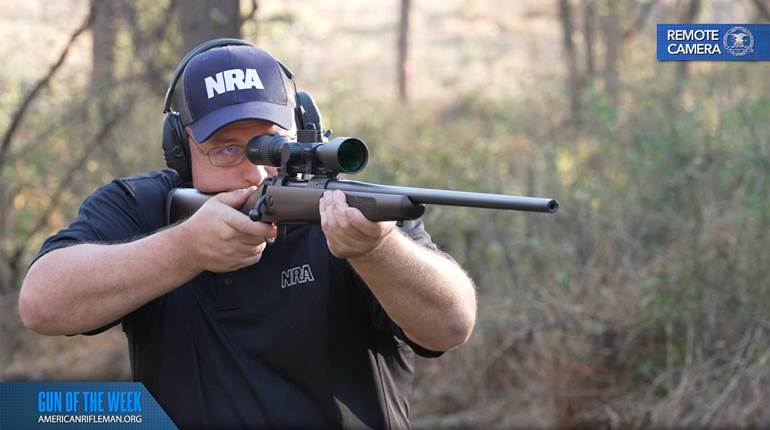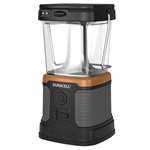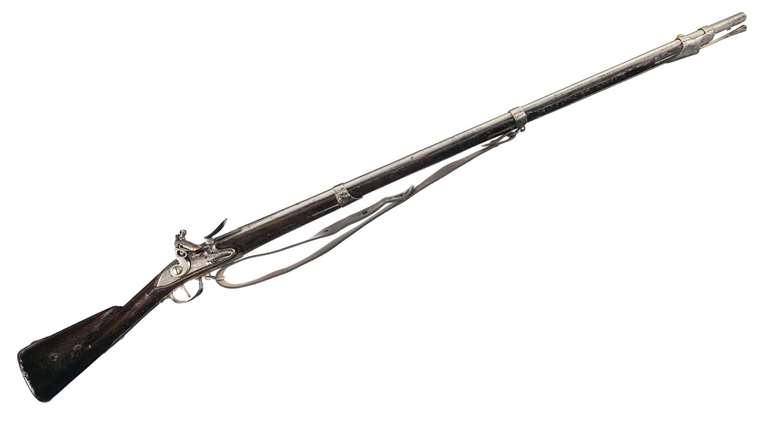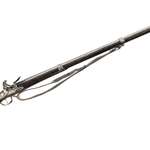In the 1850s, the United States Ordnance Dept. began taking steps to modernize its inventory of small arms, examining early breechloading designs and improving its standard-issue rifle musket. One of the new arms introduced to service was the Model 1855 Pistol Carbine, designed to pull double-duty as a shoulder arm and a pistol. Watch our "American Rifleman Television" I Have This Old Gun segment above to see how this design really didn't perform as expected.
"Even well into the 1850s, the U.S. Ordnance Dept. is generally a conservative outfit, but they do take a step forward just immediately before the Civil War with the Model 1855 rifle musket, which uses the Maynard tape primer system," said American Rifleman Executive Editor Evan Brune. "And then also the Model 1855 Pistol Carbine, which also uses the Maynard tape primer system. And while the Model 1855 rifle musket was largely a very useful platform that saw extensive service during the Civil War, the 1855 Pistol Carbine was a concept that really was, in large part, a swing and a miss."
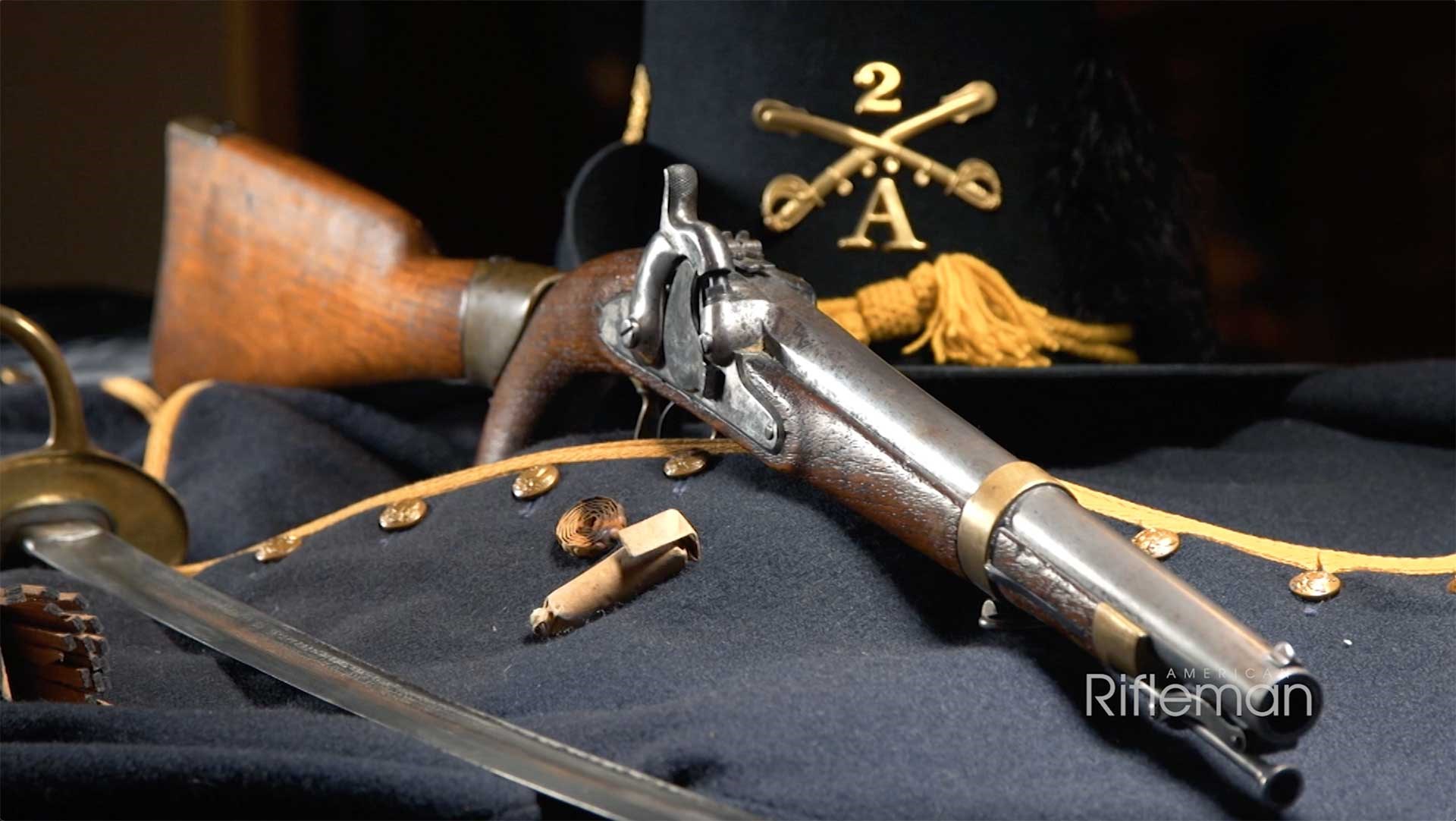
As a pistol, the design had a 12" long barrel and measured 17" in overall length, making it somewhat cumbersome and unwieldy. As a carbine, once the attached shoulder stock was mated to the pistol, the design immediately became too short to be as effective as some other cavalry carbines being fielded at the time, as the short barrel reduced muzzle velocity and the shortened sight radius made it harder to use effectively at longer ranges.
"As a pistol coming out in 1855, it was already well behind the power curve of Colt's revolvers that were the mainstay of the marketplace at that point. Why have a single-shot muzzleloader when you can have a six-shot revolver in your hand?" said Philip Schreier, director of the National Firearms Museum. "As far as a carbine is concerned, you know, putting the shoulder stock on it, evidently, they never really tightened down that well. They were wobbly, which led to inaccuracy. And they couldn't really compete when you had something like a Sharps."
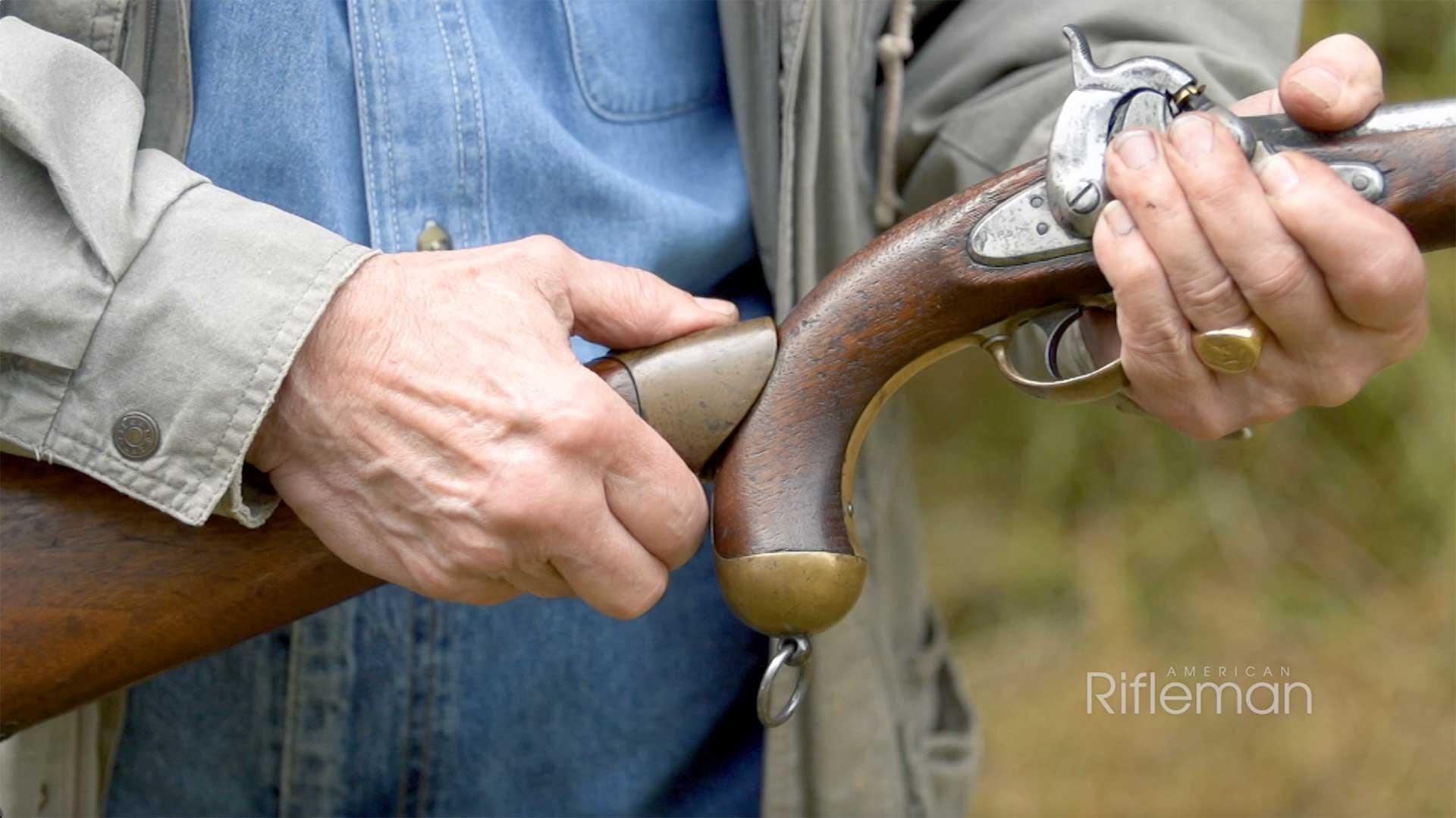
Despite the shortcomings of the platform, one mechanical advancement incorporated into the Model 1855 Pistol Carbine was the Maynard tape priming system. Designed by Edward Maynard, a dentist by trade, the system used a roll of priming compound held inside a small cavity inside the lockplate of a compatible firearm. A geared wheel advanced the priming compound up onto the nipple once the hammer was cocked.
"It's ingenious, and under the proper circumstances it worked just fine," said American Rifleman Field Editor Garry James. "The problem is, in cold weather they became brittle, and in hot weather, they became gummy and sticky. Hence, the tape priming system, for all its cleverness, all its ingenuity, was really not used all that much. Fortunately, the nipple could also handle the normal top wing percussion cap, which they later used."
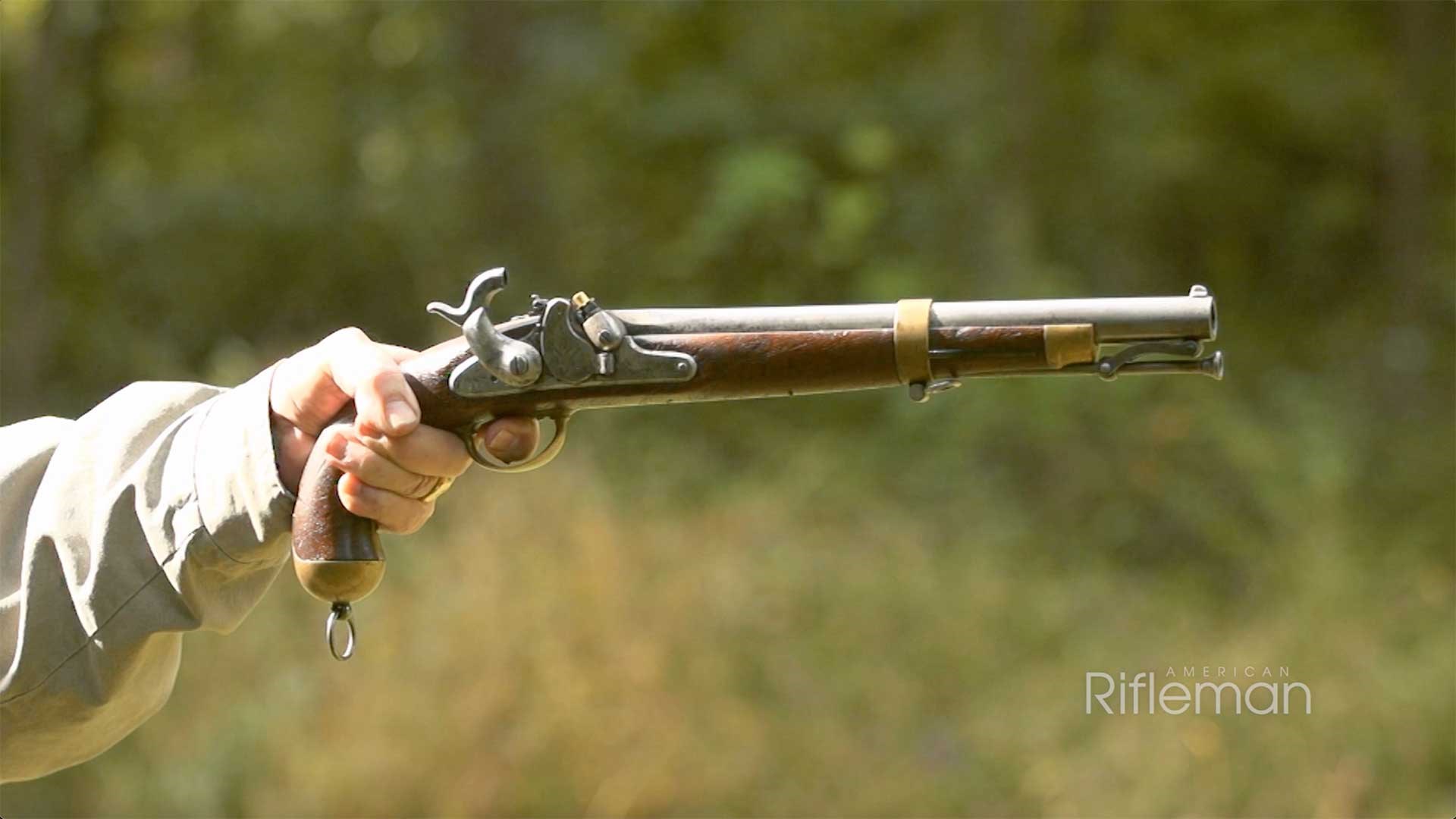
Even though the Model 1855 Pistol Carbine wasn't ideal for field use, the desperate shortage of arms at the beginning of the Civil War meant that these guns were issued to Western troops in the quieter parts of the country as the war raged in the south and east.
"There were better mousetraps, and the 1855 was not the better mousetrap," NRA Publications Editorial Director Mark Keefe said. "As a matter of fact, Confederate Gen. Ewell basically said these are not suitable for dragoon use. And dragoons were basically mounted infantrymen."
To watch complete segments of past episodes of American Rifleman TV, go to americanrifleman.org/artv. For all-new episodes of ARTV, tune in Wednesday nights to Outdoor Channel 8:30 p.m. and 11:30 p.m. EST.


